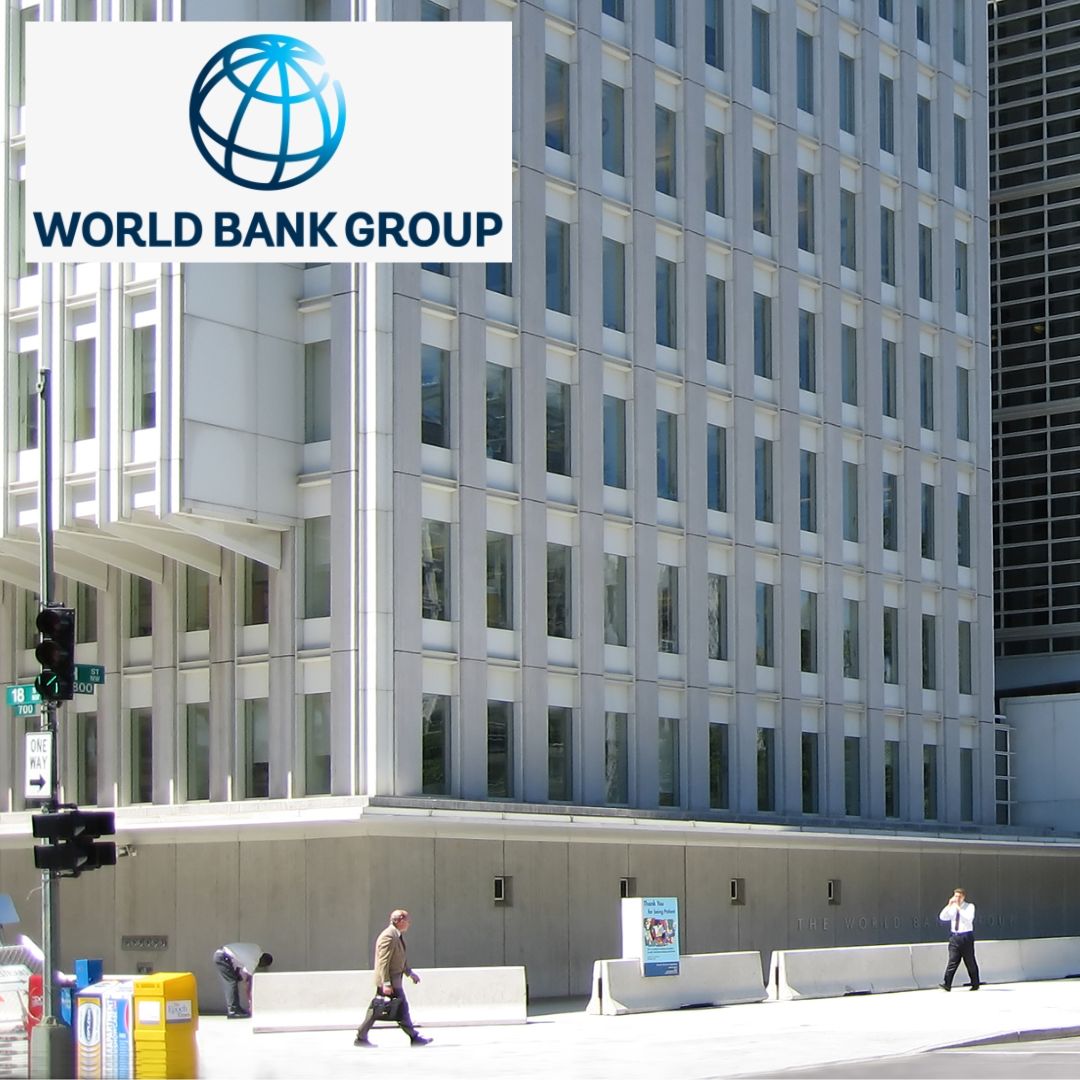World Bank Changes India's GDP Growth Forecast For The 3rd Time In FY23, Lowers To 6.5%
Writer: Ronit Kumar Singh
A confident and reliable journalist who always desires to toss the unheard voices. I cover politics and governance extensively through stories.
India, 7 Oct 2022 6:36 AM GMT
Editor : Shiva Chaudhary |
A post-graduate in Journalism and Mass Communication with relevant skills, specialising in content editing & writing. I believe in the precise dissemination of information based on facts to the public.
Creatives : Ronit Kumar Singh
A confident and reliable journalist who always desires to toss the unheard voices. I cover politics and governance extensively through stories.
The international financial institution has noted that slowing global demand, a decline in private investment growth, and several other factors are the reason for lowering India’s GDP growth for 2022-23.
The World Bank on Thursday (October 6) cut its FY23 (2022-23) gross domestic product (GDP) growth forecast for India from 7.5 per cent to 6.5 per cent. It stated that global monetary tightening and Russia's invasion of Ukraine would weigh the country's economic growth to a larger extent.
The World Bank, in its twice-a-year report on South Asian countries, said, "Private investment growth is likely to be dampened by heightened uncertainty and higher financing costs." It remarked that lowering global demand for products and services will hugely impact the country's exports, leading to economic loss.
Changing GDP Growth Prediction For India
Notably, this is the third time the World Bank has changed the GDP growth prediction for India in 2022-23. Earlier in April, the international financial institution slashed the growth forecast from 8.7 per cent to 8 per cent, then to 7.5 per cent in June, and now it has come down to 6.5 per cent, reported Hindustan Times.
According to United Nations Conference on Trade and Development (UNCTAD), India's GDP growth is expected to decelerate to 4.7 per cent in 2023.
The Reserve Bank of India (RBI) has recently cut the economic growth projection for the current fiscal to 7 per cent from the 7.2 per cent estimated earlier on account of extended geopolitical tensions and aggressive monetary policy tightening globally. However, the real GDP growth was 13.5 per cent in the initial quarter of FY23, led by an increase in investment demand and private consumption.
Growth Downgrades In Service Sector
Another major contributor to the lowering of India's GDP growth forecast is the poor performance of the service sector in the country. The service sector activity fell to a six-month low in September, as new induction of new business faced the slowest rates.
Many economists suggest that rising inflation and reduction in international demand have affected India's service sector, creating fewer job opportunities. The S&P Global India Services PMI Business Activity Index also fell from 57.2 in August to 54.3 in September, marking the lowest expansion rate since March 2022.
The World Bank, in a report citing data from the Centre for Monitoring Indian Economy, also revealed that 5.6 crore Indians slipped into poverty in the 2020 pandemic phase. The report signifies the unavailability of employment and lack of access to economic activities.
 All section
All section















